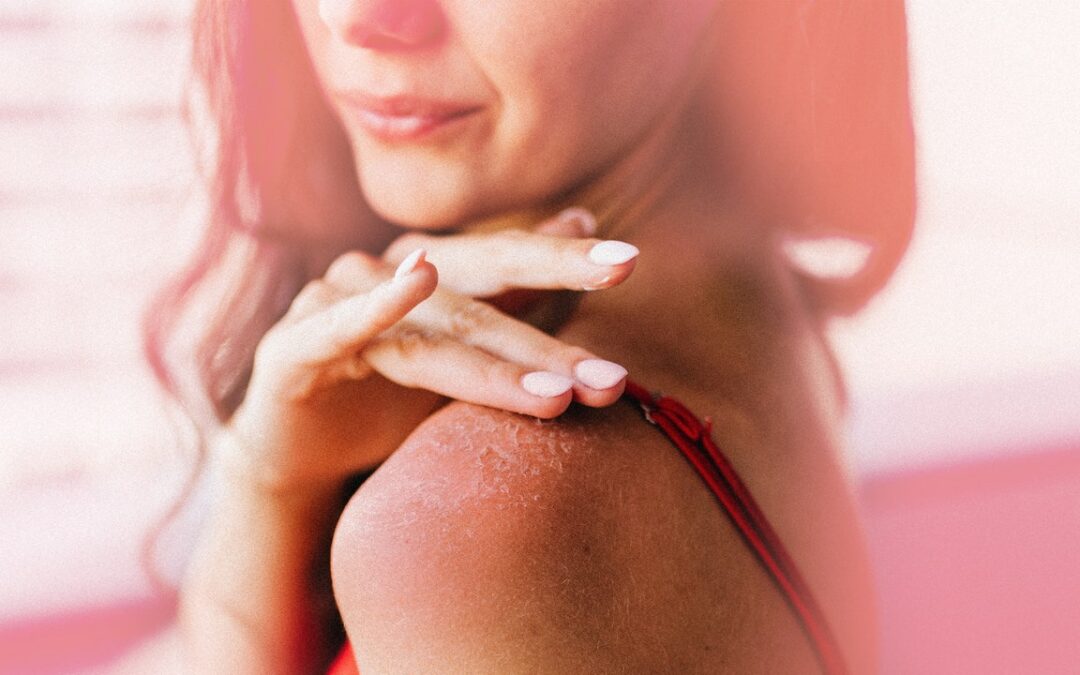“After those symptoms, the body may start to heal itself, which includes the process of the skin peeling its damaged layer,” says Dr. Marmur. “Sunburn is a shock and burn to the skin leading to a tidal wave of inflammatory fluid, which can blister off the top layer of skin, leading to peeling.” And even without obvious blisters, this shockwave causes skin peeling.
How long does it take for a sunburn to fully peel?
According to board-certified dermatologist and University of Minnesota Medical School associate professor Sheilagh Maguiness, MD, the length of time it takes for a sunburn to peel and heal depends on the severity of the burn. A first-degree sunburn, for example, in which the skin is moderately red and slightly swollen, may result in some fine peeling and typically takes three to five days.
On the other hand, a blistering sunburn is actually a second-degree burn to the skin. “It starts with redness and swelling, then leads to blister formation followed by peeling,” Dr. Maguiness says, noting that it can be quite painful. “This can take seven to 10 days to heal.”
How do you treat peeling sunburn?
At the beginning of a sunburn, when redness is present, Dr. Maguiness says cool compresses, “bland” moisturizers (look for fragrance-free, hypoallergenic formulas without botanical extracts or essential oils, as they may exacerbate irritation), and aloe vera gel can be helpful to relieve discomfort.
Need to take it to the next level? “Topical hydrocortisone cream or ointment can also be helpful in this initial stage of redness and can act to reduce some of the inflammation,” Dr. Maguiness says, adding that oral, anti-inflammatory, over-the-counter medications — like aspirin, ibuprofen, and naproxen — can also help with pain and reducing inflammation. “Try to avoid applying topical numbing agents like benzocaine creams, as these may end up irritating the skin further or leading to allergic reactions.”
If you’re peeling, you’re in one of the final stages of your sunburn. But don’t even think of trying to manually speed up that part of the process. “The best and most effective way to treat peeling skin is to allow it to slough off your body on its own,” says Dr. Marmur. That means no picking or peeling it with your fingers, and no exfoliating products. She also stresses how important it is to continue moisturizing at this stage and to keep using sunscreen as new skin is turning over.
What happens to the burnt skin that doesn’t peel?
So you’ve stopped molting (great!), but see that some leftover charred skin (not so great). “In some cases, if skin cells do live despite significant damage to their DNA, they can become cancerous,” says Dr. Zeichner. The chance of basal cell carcinoma, squamous cell carcinoma, and melanoma — the “big three” skin cancers — go up with increased sun exposure.

